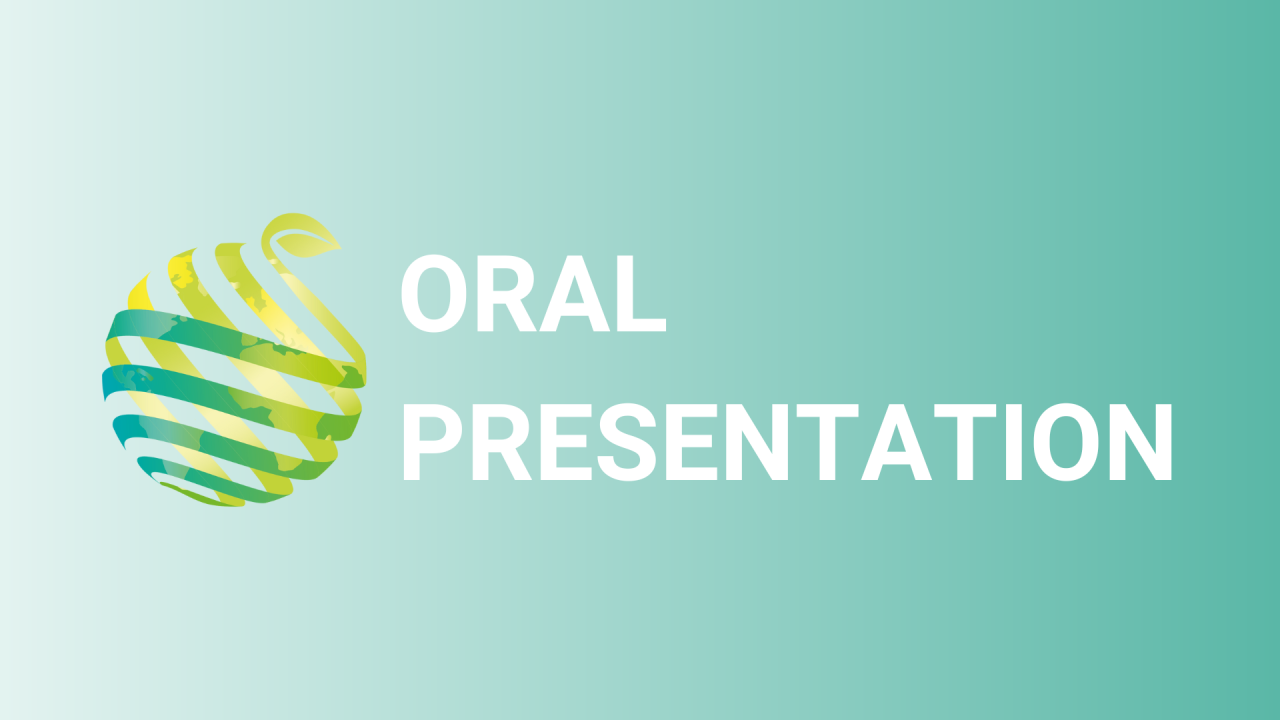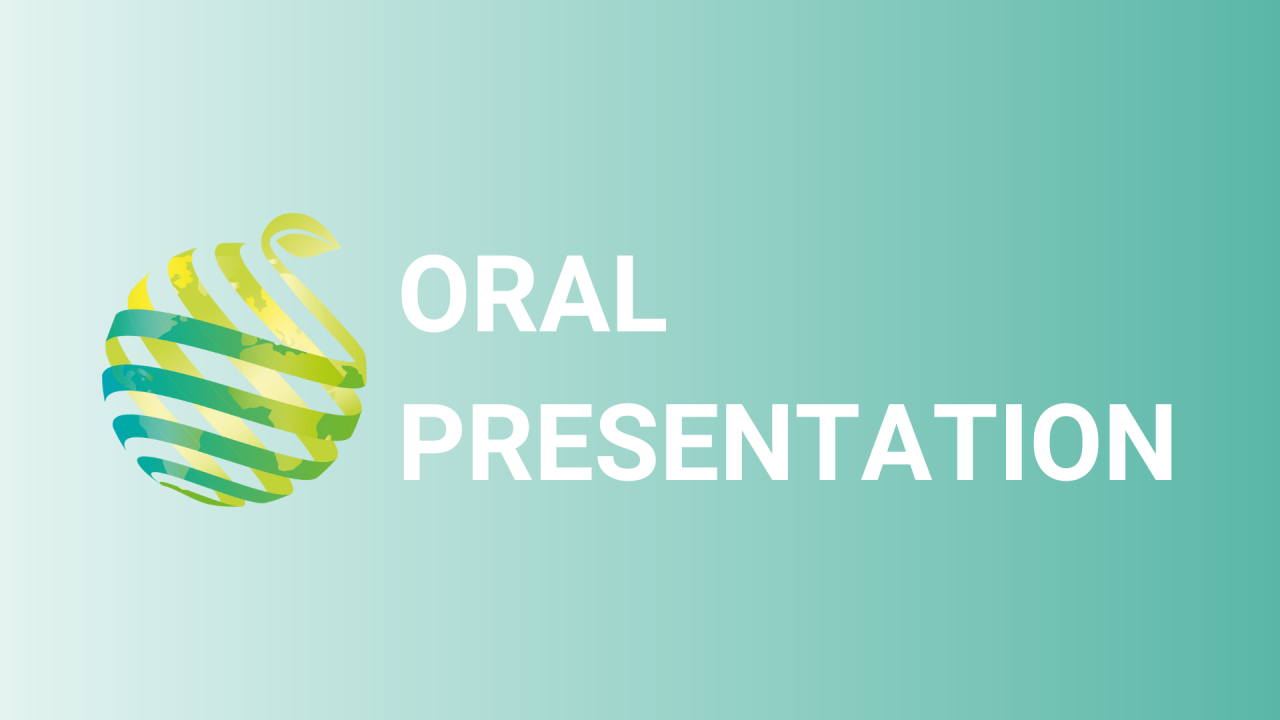

S06 - Session O9 - Unravelling the effect of vegetal-biostimulants new generation in boosting plant resilience, phytochemical profile and coping with nitrogen scarcity.
Information
Authors: Christophe El Nakhel *, Francesco Cristofano, Giuseppe Colla, Luigi Lucini, Youry Pii, Youssef Rouphael
Natural plant biostimulants like protein hydrolysates (PHs) are a promising eco-friendly innovation in the agricultural sector. They are implemented to enhance plant growth and productivity and to mitigate abiotic stresses, through a more vigorous root system induced by specific signaling peptides and free amino acids. Under the frame "PHOBOS" project (financed by the Italian Ministry of Education, University and Research) and through a combination of metabolomics and high-throughput plant phenotyping, new bioactive signaling substances were screened for biostimulants purpose. Three plant-based biostimulants (Trainer, Vegamin and Cotton-based) were chosen in addition to three fractions of Vegamin with different molecular weight (V1 > 10 kDa, V2:1-10 kDa and V3 < 1 kDa) in order to be tested on lettuce greenhouse production under optimal and sub-optimal nitrogen input. Leaf gas exchange, Fv/Fm and SPAD index were measured. In addition, leaf mineral content, carotenoids and phenolic acids were quantified by ion chromatography (ICS-3000), HPLC-DAD and UHPLC-Q-Orbitrap HRMS, respectively. Lettuce yield was boosted by protein hydrolysate Vegamin and V3 at low N, while at high N it was mostly boosted by Trainer and V1, +7.8% compared to the control (results that are supported by leaf gas exchange data). Moreover, V3 fraction boosted lutein and β-carotene in lettuce leaves at high N, while all the fractions were similarly active on lutein at low N. Moreover, V1, V2 and Vegamin increased total phenolics the most at optimal N, while only V1 and V2 maintained the effect at suboptimal N. The new generation of plant biostimulants seems to correlate the molecular weight of signaling molecules to the special mode of action, which is presented in this work at different levels of nitrogen fertilization. Targeted biostimulants will increment resource use efficiency and boost qualitative parameters of produced crops.